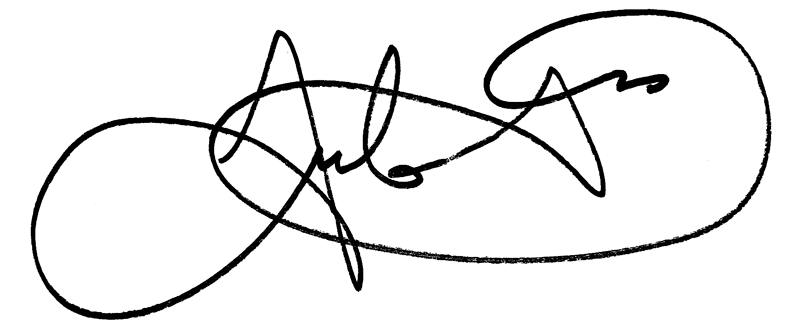CDI Committee Charter
A. Purpose of the Government CDI Committee
Primary Functions
The primary function of the Clinical Documentation Integrity (CDI) Committee is to take responsibility for the education of clinical documentation integrity by the American College of Physician Advisors (ACPA) membership.
The CDI Committee will primarily monitor and review ICD-10-CM/PCS transaction sets, guidelines and official advice impacting provider documentation and educate the physician members on issues pertinent to ACPA. CPT, HCPCS, and other HIPAA-transaction sets will be reviewed when deemed pertinent by ACPA leadership.
The CDI Committee provides a direction and insight on strategies promoting compliant documentation and coding concepts. In executing these responsibilities, the committee shall:
- Monitor and review recent ICD-10-CM/PCS coding or guideline changes, official advice (e.g. the Coding Clinic for ICD-10-CM/PCS), industry standards (e.g. AHIMA practice briefs), proposals for ICD-10-CM/PCS code changes, changes in the various risk-adjustment methodologies (e.g. MS-DRGs, APR-DRGs, AHRQ Patient Safety Indicators, Hierarchical Condition Categories (HCCs), and other applicable methodologies), significant clinical literature (e.g. definitions of key diagnostic terms), and/or news at regular Committee meetings;
- Monitor industry standards in CDI and make recommendations and educate ACPA PA members
- Provide assistance to projects related to CDI activities when required;
- Resolve project conflicts and disputes, reconciling differences of opinion and approach;
- Encourage formal acceptance of documentation and coding regulations and guidelines.
The CDI Committee shall report to the ACPA Board of Directors.
B. CDI Committee Members
Membership
In addition to the Committee sponsor (ACPA President) as ex-officio member, the initial CDI Committee will consist of the following stakeholder members:
| Name | Role | Agency |
|---|
| Timothy Brundage, MD |
Co-Chair |
CDI committee |
| Erica Remer, MD |
Co-Chair |
CDI committee |
Committee members will be identified by the committee chair to direct specific projects at the time of consent. Committee members may be appointed or relieved at the discretion of the Committee Co-Chair or Chair. The Committee Co-Chair(s) or Chair is appointed or relieved at the discretion of the ACPA Board of Directors.
Role of a Committee Member
It is intended that the CDI Committee leverage the experiences, expertise, and insight of key individuals at organizations committed to building professionalism in ACPA’s CDI Committee. Committee members may be asked to take direct responsibility for managing project activities, but may also be asked to provide support and guidance for those who do. Thus, individually, Committee members should:
- Understand the strategic implications and outcomes of initiatives being pursued through project outputs;
- Appreciate the significance of projects for some or all major stakeholders and represent their interests;
- Be genuinely interested in the initiative and be an advocate for broad support for the outcomes being pursued;
In practice, this means they:
- Review the status of the Committee, agenda, and deliverables;
- Ensure the Committees outputs meet the requirements of key stakeholders;
- Recommend and develop educational materials for ACPA members as part of core curriculum
- Help balance conflicting priorities and resources;
- Provide guidance to the Board of Directors;
- Check adherence of project activities to standards of best practice both within the organization and in a wider context;
C. Meeting Cadence, Process, and Objectives
Meeting Schedule and Process
The Committee shall meet regularly and document the progress of the issues relevant to the Committee so as to provide on-going nationwide support to ACPA Members.
The CDI Chair, or designee, will call the Committee to order and facilitates the Committee Meeting. The Team will follow modified Roberts Rules of Order in the conduct of meetings, motions, discussion and voting.
Meeting Agenda
At each meeting, project status will be reported to the Team by the author using an agenda outline such as the following:
- Introductory Items, such as:
- Introductions
- Review Agenda
- Minutes from last meeting
- Review of actions arising from previous Committee meetings
- Review Project Status
- Overall Status
- Scope status
- Schedule status
- Budget status
- Reason for deviation from green
- New issues arising since the last Team meeting
- Review and approval of project change orders
- Milestone review
- Formal acceptance of deliverables
- Accomplishments against last meeting’s plans
- Plans for the next reporting period
- Outstanding issues, open points, project conflicts
- Specific requests for assistance of the Committee
- Consideration of other items relevant to the project
- Review and summarize new actions from this meeting
- Plans, date and location for next meeting
Approved By:

Timothy Brundage, MD
Co-Chair, ACPA CDI Committee

Erica Remer, MD
Co-Chair, ACPA CDI Committee

Juliet B. Ugarte Hopkins, MD, CHCQM-PHYADV
President, ACPA
|




